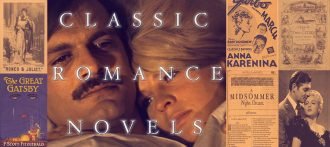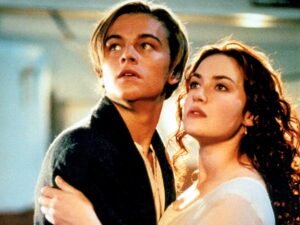Romance novels have captivated readers for centuries, evolving from simple tales of courtly love to complex narratives exploring diverse relationships and emotions. This transformation reflects broader cultural shifts and changing attitudes towards love and romance. In this article, we delve into the evolution of romance novels, tracing their journey from classic literature to contemporary bestsellers, highlighting key milestones and influential authors along the way.
1. The Roots of Romance: Classic Literature
The origins of romance novels can be traced back to classic literature, where love stories were often set against grand historical or mythological backdrops.
- Early Influences: Works like “Pride and Prejudice” by Jane Austen and “Wuthering Heights” by Emily Brontë laid the foundation for modern romance. Austen’s novels, for instance, offered biting social commentary wrapped in romantic plots, while Brontë’s work introduced readers to passionate, often tumultuous relationships.

- Courtly Love Tradition: Medieval romance, characterized by tales of chivalric love and heroism, also influenced early romance literature. This genre, with its ideals of noble love and adventure, set the stage for the romantic themes that would later flourish in novels.
2. The Rise of the Modern Romance Novel
The 20th century saw the rise of the modern romance novel, driven by evolving societal norms and changing perceptions of love.
- The Harlequin Era: The 1960s and 1970s marked the advent of the Harlequin romance novel, which popularized the genre with its formulaic plots and “happy ever after” endings. Authors like Barbara Cartland became synonymous with romance novels, shaping the genre’s expectations.
- Diverse Narratives: As societal attitudes shifted, so did romance novels. The 1980s and 1990s introduced more diverse characters and complex relationships, moving beyond traditional tropes. Writers like Nora Roberts and Judith McNaught expanded the genre, incorporating elements of suspense, mystery, and historical settings into their love stories.
3. Contemporary Romance: A Modern Twist
Today’s romance novels reflect the genre’s continued evolution, embracing a wide range of voices and styles.
- Inclusivity and Diversity: Contemporary romance novels increasingly highlight diverse relationships, including LGBTQ+ romances, multicultural couples, and stories addressing social issues. Authors such as Colleen Hoover and Talia Hibbert are known for their inclusive and relatable narratives that resonate with modern readers.
- Sub-Genres and Trends: Modern romance has also branched into various sub-genres, including romantic comedy, paranormal romance, and erotic fiction. This diversification caters to different tastes and preferences, reflecting the genre’s adaptability and ongoing relevance.
4. The Influence of Digital Media
The rise of digital media has significantly impacted the romance genre, changing how stories are published and consumed.
- E-books and Self-Publishing: The proliferation of e-books and self-publishing platforms has democratized the romance industry, allowing new voices to emerge and reach readers directly. Self-published authors like Anna Todd have gained massive followings through platforms like Wattpad and Amazon Kindle.
- Romance on Screen: Adaptations of romance novels into films and TV series have also amplified the genre’s reach. From classic adaptations like “Pride and Prejudice” to modern hits like “To All the Boys I’ve Loved Before,” visual media continues to influence and popularize romance literature.
5. Looking Ahead: The Future of Romance Novels
As we look to the future, the romance genre will likely continue to evolve, reflecting ongoing changes in society and technology.
- Emerging Trends: Expect to see further exploration of diverse relationships, innovative storytelling techniques, and integration with new media formats. The genre’s adaptability ensures its continued relevance, capturing the evolving nature of love and romance in contemporary society.
- Reader Engagement: With the rise of interactive storytelling and digital platforms, readers may increasingly engage with romance novels in new and immersive ways. This evolution could offer exciting opportunities for authors and publishers alike.
Conclusion
The evolution of romance novels from classic literature to contemporary bestsellers highlights the genre’s enduring appeal and adaptability. By embracing diverse voices and reflecting changing societal attitudes, romance novels continue to capture the hearts of readers around the world. As we move forward, the genre will undoubtedly keep evolving, offering new and exciting narratives that resonate with readers’ ever-changing views on love and relationships.

